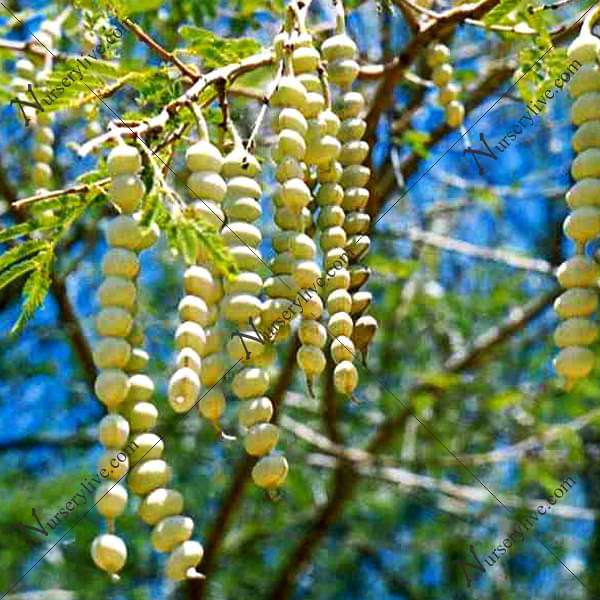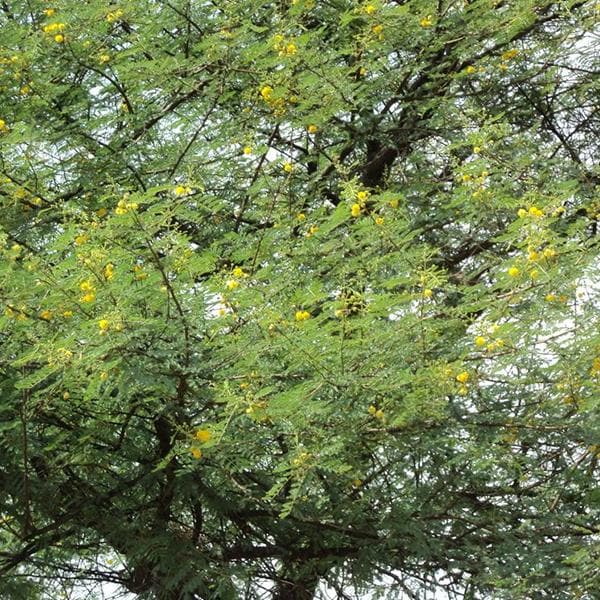Description
Acacia is a woody genus and shows the period of juvenility.
Babool is a medium to large tree, native to West Asia, that can reach a height of 10 m, with an average of 4-7 m in height. The crown is somewhat flattened or rounded, with a moderate density.The branches have a tendency to droop downwards if the crown is roundish.
The bark is blackish gray or dark brown in mature trees and deeply grooved, with longitudinal fissures.The young branches are smooth and gray to brown in color. The leaves are twice compound.Seeds Specifications
| Seeds per Packet | 2000 |
| Common Name | Nilotica, Gum Arabic, Babool, Babul |
| Height | 4 to 10 m |
| Flower Colour | Bright yellow |
| Bloom Time | Once in a year, Autumn to Winter |
| Difficulty Level | Easy to moderate |
Acacia arabica care
- It grows in all terrestrial habitats, including alpine settings, rainforests, woodlands, grasslands, coastal dunes, and deserts
| Sunlight | Full |
| Watering | Moderate |
| Soil | Grow on saline, alkaline soils and requires sufficient moisture in the soil. |
| Temperature | 15 degrees to 28 degrees C |
| Fertilizer | Use any organic fertilizer |
Acacia arabica uses
Ornamental Use:
- Plant used as an ornamental plant for foliage and attractive flowers
Culinary Use:
- Indigenous Australians have traditionally harvested the seeds of some species, to be ground into flour and eaten as a paste or baked into a cake
- In addition to utilizing the edible seed and gum, they employed the timber for implements, weapons, and fuel




Comment